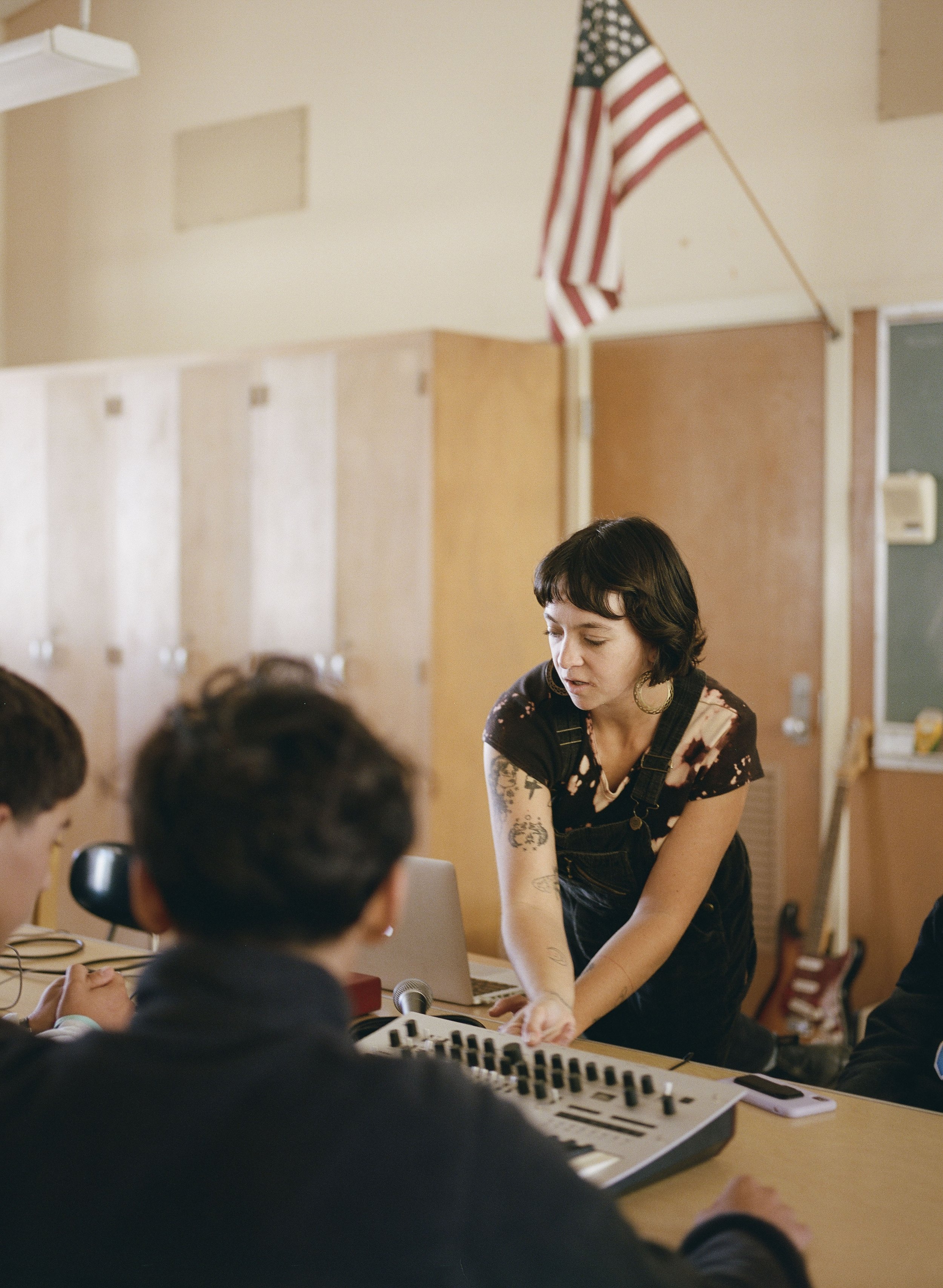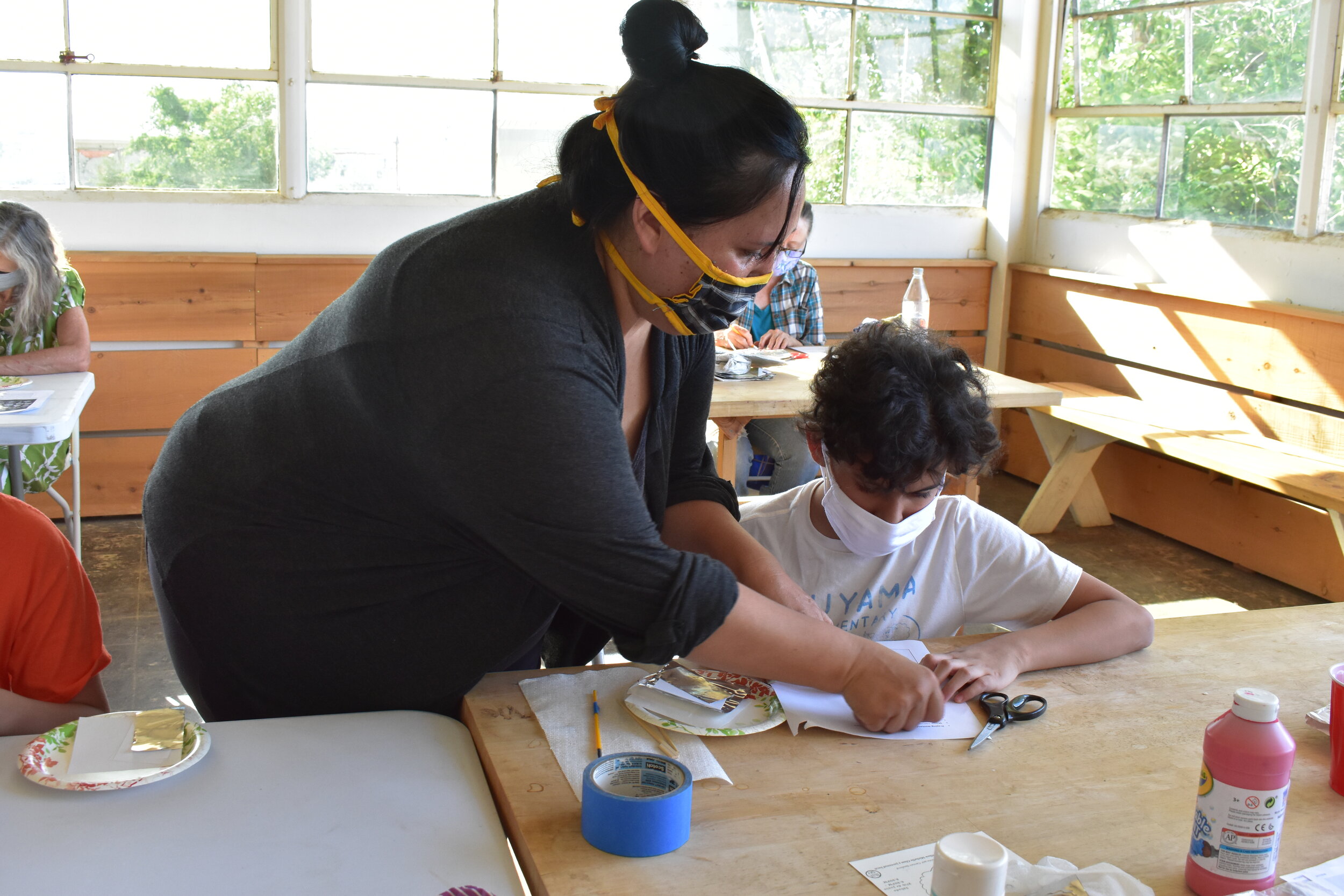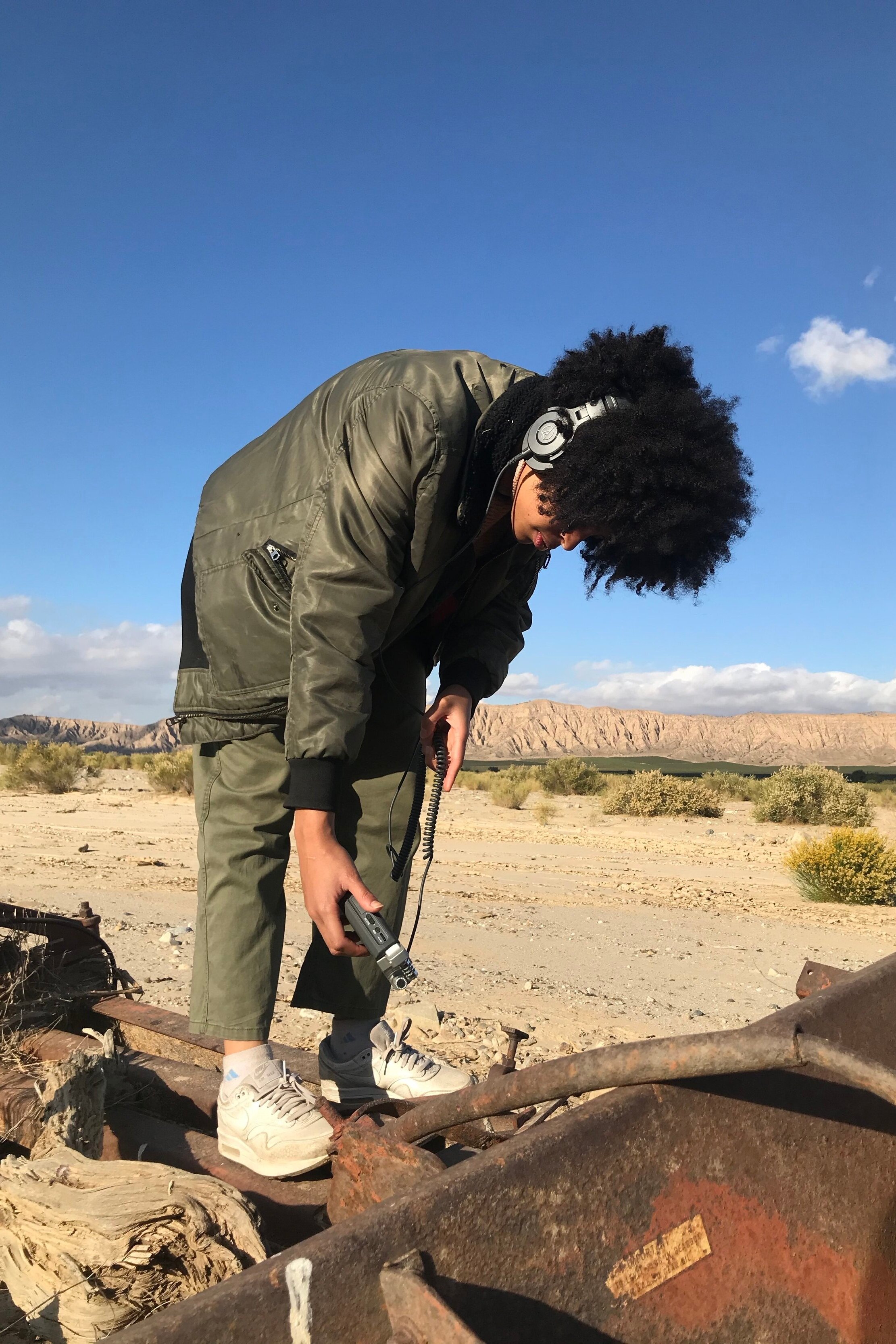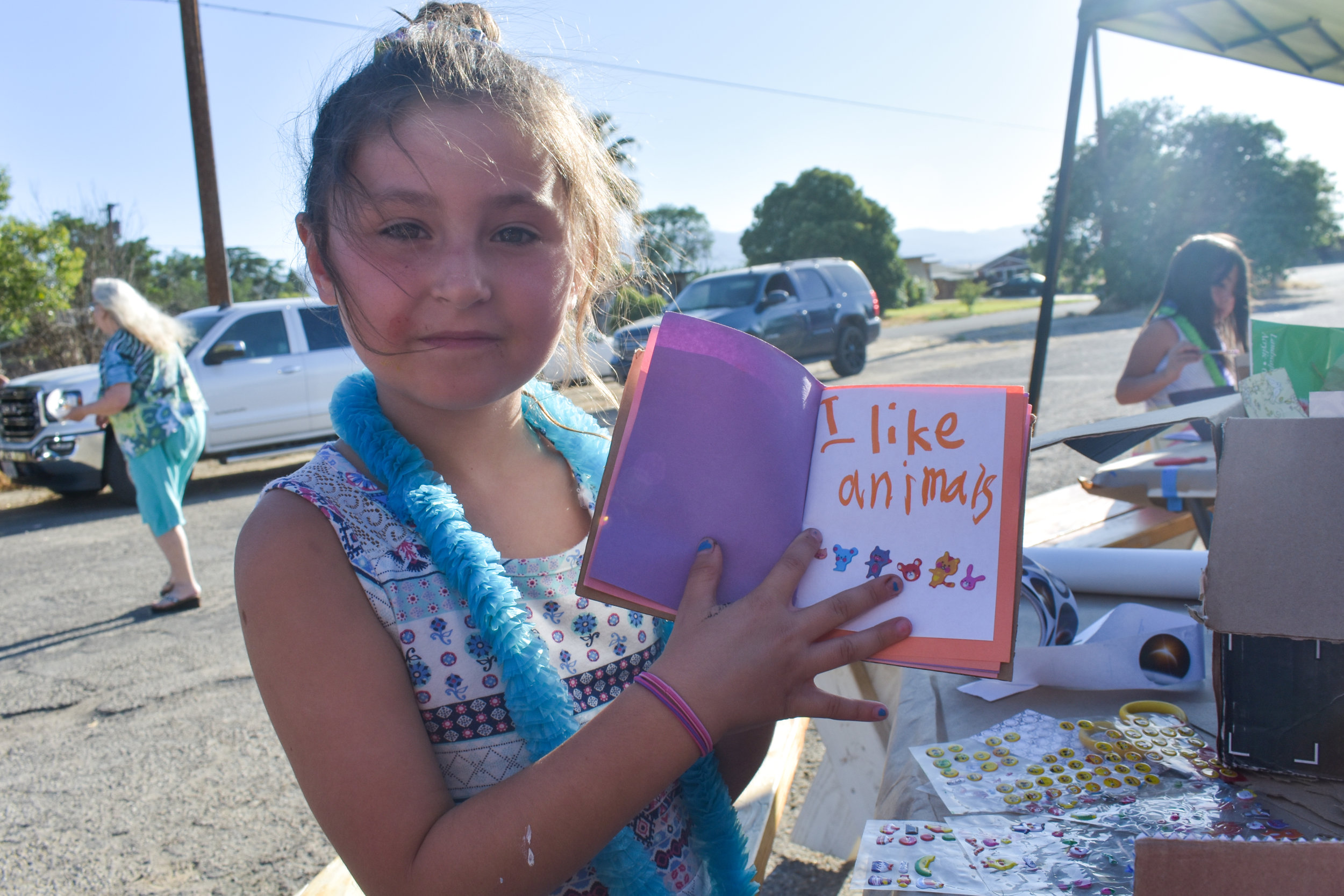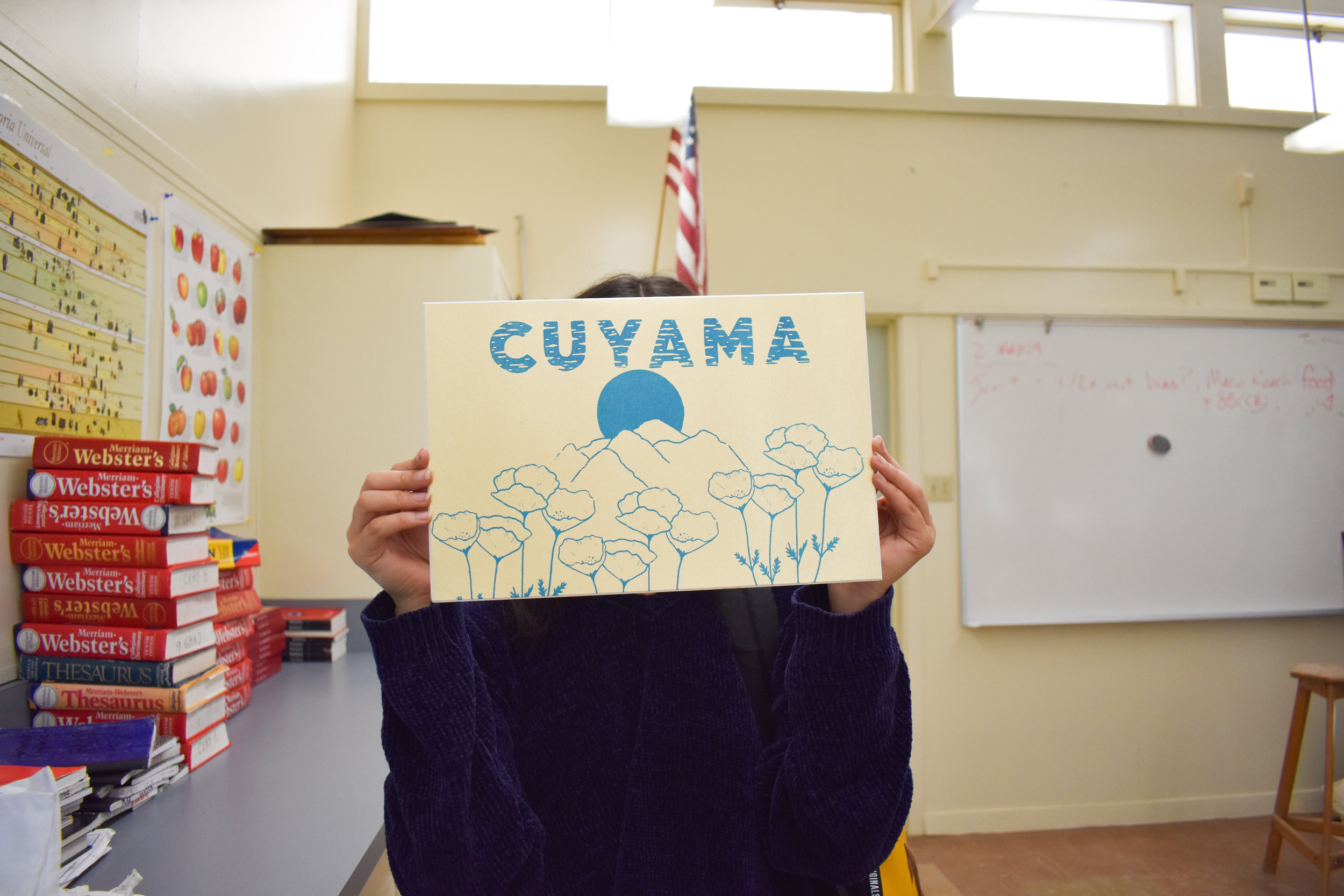The Desert Fellowship
“The Desert Fellowship is a creative residency program facilitated by Blue Sky Center in collaboration with Cuyama Valley organizations, businesses, and communities.”
Over the course of three weeks, Desert Fellows live and work onsite to develop an independent creative project that thoughtfully engages local residents. This work is site-responsive, with an on-site proposal process guided by our staff and informed by the Fellow’s experiences listening and learning from Cuyama Valley communities.
Concurrently, Fellows work alongside Blue Sky Center staff to develop a second, organization-specific project that furthers the Blue Sky mission and builds organizational capacity. This component of the Fellowship should take up ~7 hours/week (one BSC work day).
Fellowship Objectives
Desert Fellows are self-directed, community-centered artists with interest or experience working in rural places. They work across or between mediums, using creative practice to reflect, respond, imagine, critique, subvert—or something else entirely. They engage with history, grapple with the present, or address the future. They enter new communities with sensitivity and create work that builds upon values of equity, inclusion, and co-creation. The objectives are:
To invite exchange and collaboration between the Desert Fellow, Cuyama Valley residents, and Blue Sky Center.
To further arts enrichment and access within the Cuyama Valley.
To highlight rural places as culturally vibrant places for artists to live and work.
To expand the field of socially engaged arts to emphasize rural places.
To creatively build the capacity of Blue Sky Center as an organization and community resource.
Application and Selection Process
We aim to make our application and selection processes as accessible and transparent as possible. As such, our application is free and open to anyone to apply, consisting of short-answer questions and a work samples document. Our selections team is made up of 7-12 panelists that include Cuyama Valley community members, alumni visiting artists, alumni staff, and the Blue Sky Center Creative Community Engagement project team.
Thinking about applying? Check out our Desert Fellowship Frequently Asked Questions and direct any further questions to our residency coordinator.
About the Fellowship Model
The Desert Fellowship is a program that began in 2016 as a way to invite creatives for extended, project-based residencies to build the capacity of our organization and facilities. Our earliest Desert Fellows developed our Shelton Hut campsite and operations, contributed essential workplace policies to grow and support our staff, and helped us complete initial building renovations to make our campus both functional and beautiful.
As our organization has grown and matured, we’ve facilitated a handful of residencies with varying structures, from hosting artist cohorts to designers-in-residence with predetermined projects. Seeking to further align our residency program with the needs and creative interests of our communities, we rebooted our Desert Fellowship in 2019 to build a community-centered, three-week residency program.
Fellows receive a stipend of $1,750, along with a travel allowance and materials/expense fund, along with some family-style meals and free lodging on Blue Sky’s campus.
Previous Fellows
Vanessa DeCouto
October 2022
Amplify teamed up with Blue Sky Center to host multi-disciplinary artist and musician Vanessa DeCouto for a three-week residency in the Cuyama Valley, CA.
Watch the video of Vanessa describing her project with the Cuyama community and high school students.
Video and photos by Arna Behar.
Michelle Glass
June 2020
Amor. Love. Tiempo. Time. Alegría. Joy. Unidad. Unity. Cuyama Milagros. The words that encompassed our bus stop shelter were determined through conversation between our June 2020 Desert Fellow Michelle Glass and the 26 community members she built relationships with during her rural artist residency. Tin “miracles” - designed during socially distanced community workshops - shake and swing in the desert wind. Blank tags on strings allowed for Cuyamans to come by and leave a wish, an intention, or a gratitude. Michelle says, “Public art is a conversation taking place over space and time.” Milagros (or miracles) can shift our perception from fear to love. The piece was inspired by the Mexican folk art traditions of nichos, three-dimensional display boxes used as portable shrines, and milagros, tin charms that are traditionally used for healing purposes. Made in a variety of shapes representing the body, animals and many other objects, milagros are used to assist in focusing attention towards a specific ailment, need, or wish based on the type of charm used. Milagros’ symbolism is not uniform and can take on individual meanings.
JM Nimocks
October 2019
Joyce Maria Nimocks, artistically known as ‘JOY MA’ is a speculative fiction writer, sound designer, and performer. JOY MA was raised in Chicago with roots in Sunflower, Mississippi. They are most concerned with constructing realities that are utopian and imaginative as a form of radical self-preservation and community organizing. JOY MA was recently the writer-in-residence at ChaNorth Studios in Pine Plains, New York, and is heading to Rio de Janeiro, Brazil, in 2020 as a Fulbright scholar.
While collecting sounds and conducting interviews in the Valley, JM asked, “What would Cuyama look like if they were a person?” We listened to our community’s responses at Cuyama Speaks Back!, where students from JM’s creative writing workshops shared their words. As the sun set and community members ate tamales, Cuyama’s middle school students settled into a circle on the grass. “Cuyama is an old man who knows a lot in books but more in hearts”; “She is the god of rainbows and she is the one who makes the rainbows.” Their voices carried through the night as we shared fellowship in the desert and listened to the future of Cuyama speak.
Mayela Rodriguez
June 2019
Mayela Rodriguez is an artist currently residing in Ann Arbor, MI. Born and raised in Santa Barbara, CA. Through sculpture, photography, and community engagement, Rodriguez’s work reimagines how we can collectively heal exclusionary archival practices. Rodriguez completed her B.A. in Art Practice at U.C. Berkeley in 2015 and received her M.F.A. in Art from the University of Michigan in 2019. Rodriguez has shown her work in the San Francisco Bay Area, Santa Barbara, CA, and Detroit, MI.
During her fellowship, Mayela held cartonera-making workshops for the residents of the Cuyama Valley. Traditional to Latin America, cartoneras are brightly painted, cardboard-bound books filled with poetry and stories. With the Fourth of July nearing, participants decorated and filled their cartoneras with original stories, thoughts, and drawings about what “independence” means to them. Additionally, Mayela worked with the community to convert the display case behind New Cuyama’s C&H Market into a community art gallery. The cartoneras made during workshops were then exhibited in “Cuyama Cartonera,” the inaugural art show in the new gallery. During the opening celebration, community members nominated and voted on potential names for the art space and Art from the Heart Gallery won!
Claudia Borfiga
March 2019
Claudia Borfiga works across multiple fields, making illustration, design, and printed work. Screen printing is her go-to medium, and she enjoys the collaborative nature of teaching workshops, most recently for Girls Rock and Patagonia. She’s co-founder of the block printed textiles brand Chhipa and put together the project Print Power in Santa Barbara. Her recent practice has been exploring how creative workshops can be used as a tool to foster community.
While in residence, Claudia Borfiga began building a catalog of Cuyama Valley patterns—leading playful “‘pattern hunts” in partnership with our communities to uncover small moments and memory in the in-between spaces that make this Valley home. Weaving together her skills as an educator, screenprinter, and easygoing friend, Claudia’s Fellowship culminated in a screenprinted zine. This final publication, titled “Pattern Hunt / Buscando Patrones” and illustrated by New Cuyama youth, mirrors Claudia’s process as it guides readers through a poetic hunt for patterns of Cuyama.




